In the shadow of the University of Coimbra’s storied arcades—where Ptolemaic astronomy once shaped worldviews and charted the heavens—another kind of constellation thrives: the Associação de Radioamadores de Coimbra (ARC), a beacon for those who transmit not stars, but signals.
Founded on 30 April 1998, ARC is more than a radio club; it is a hybrid of science and citizenship, an institution that fuses civic passion with technological sophistication, operating from an unlikely perch: the Observatório Geofísico e Astronómico of the University of Coimbra.
At the Crossroads of Sky and Signal
ARC’s relocation to the observatory grounds was no accident of convenience. It was a deliberate alignment—of values, vision, and verticality. Here, where geophysics once measured the trembling of the earth and astronomy sought cosmic rhythms, radio amateurs now explore the spectrum in all its modern dialects: analog and digital, local and global.
The association operates a suite of repeaters (UHF, D-STAR, DMR), alongside Echolink, APRS, FAROS, and even a public WebSDR—a tool that democratizes signal listening for hobbyists and the curious alike.
This isn’t just a shack with an antenna. It is a multi-protocol nerve center, embedded within an academic tradition, but powered by volunteers whose only currency is curiosity and commitment.
Structure without Bureaucracy
Despite its professional-grade setup, ARC is refreshingly light on institutional pretension. Membership is €24 annually—a nominal cost for access to training, exams, technical services, and camaraderie. Payment is handled via simple bank transfer, and members are invited to participate in projects, not politics.
As with many Portuguese amateur radio associations, ARC maintains a transparent structure: a governing board, a published list of statutes and internal rules, and—perhaps most tellingly—an In Memoriam section honoring silent keys. Here, memory is not nostalgia; it is part of the operating frequency.
Coimbra, Reimagined by RF
Coimbra may be better known for its fado and faculties, but ARC offers a quieter form of cultural capital. It fosters horizontal knowledge exchange, cross-generational mentorship, and a rare kind of seriousness: the seriousness of people who take responsibility for their signals.
For students at the university, ARC is an antenna to the real world. For old hands, it’s a living archive of the analog past and digital present. For the city, it is a redundant but vital infrastructure, capable of springing to action should floods, fires, or fiber cuts silence conventional systems.
Conclusion: Ethics on the Air
What distinguishes ARC is not its hardware, but its ethos. In an era when bandwidth is abundant but attention scarce, ARC upholds a slower, more deliberate mode of connection—one built on waveforms, not algorithms.
Its presence at the Observatory is symbolic: a station between the celestial and the terrestrial, between silence and signal, between past and future.
And in the quiet hum of its repeaters and the patient voices over HF, ARC reminds us that good communication begins with listening.

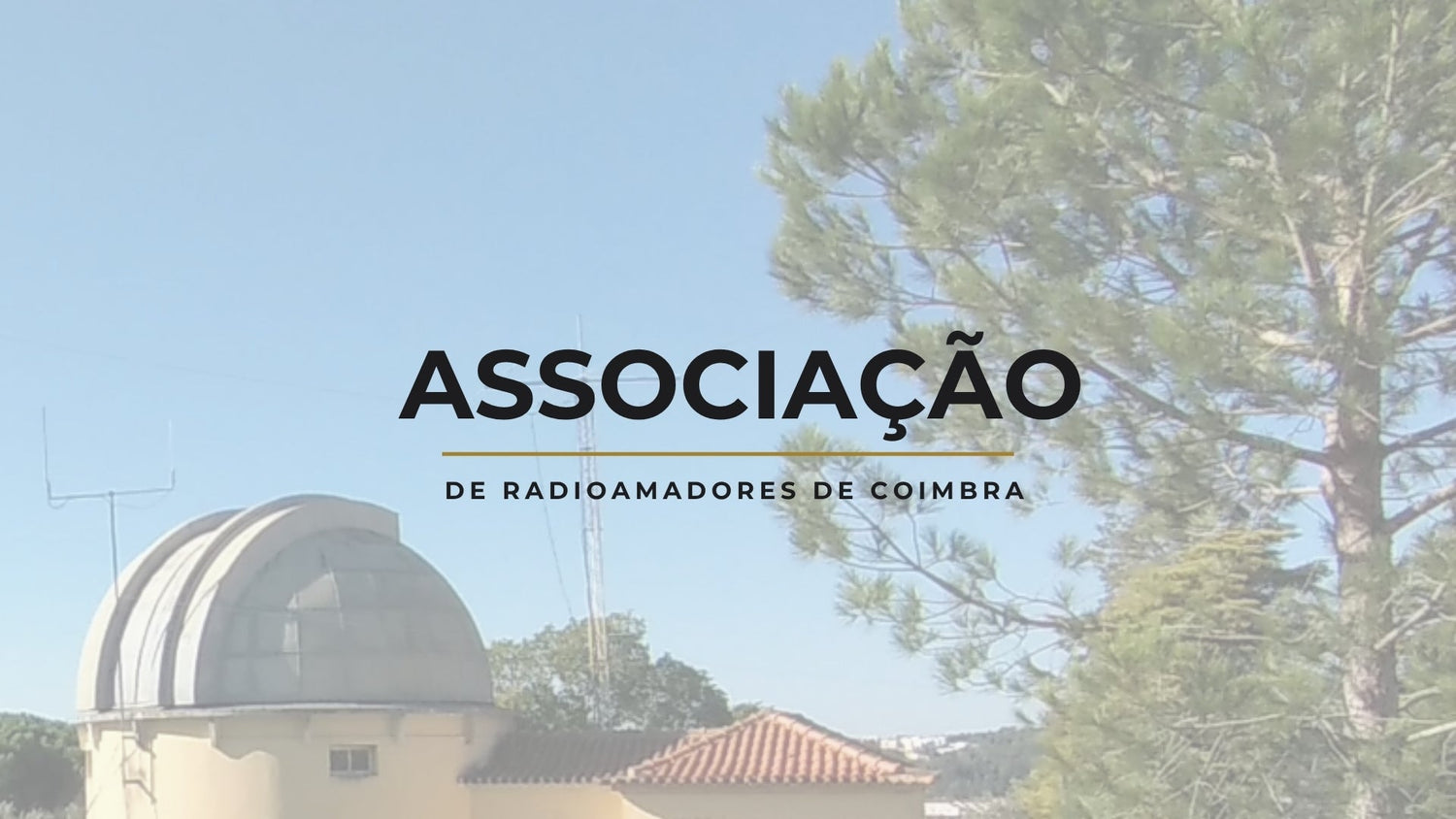
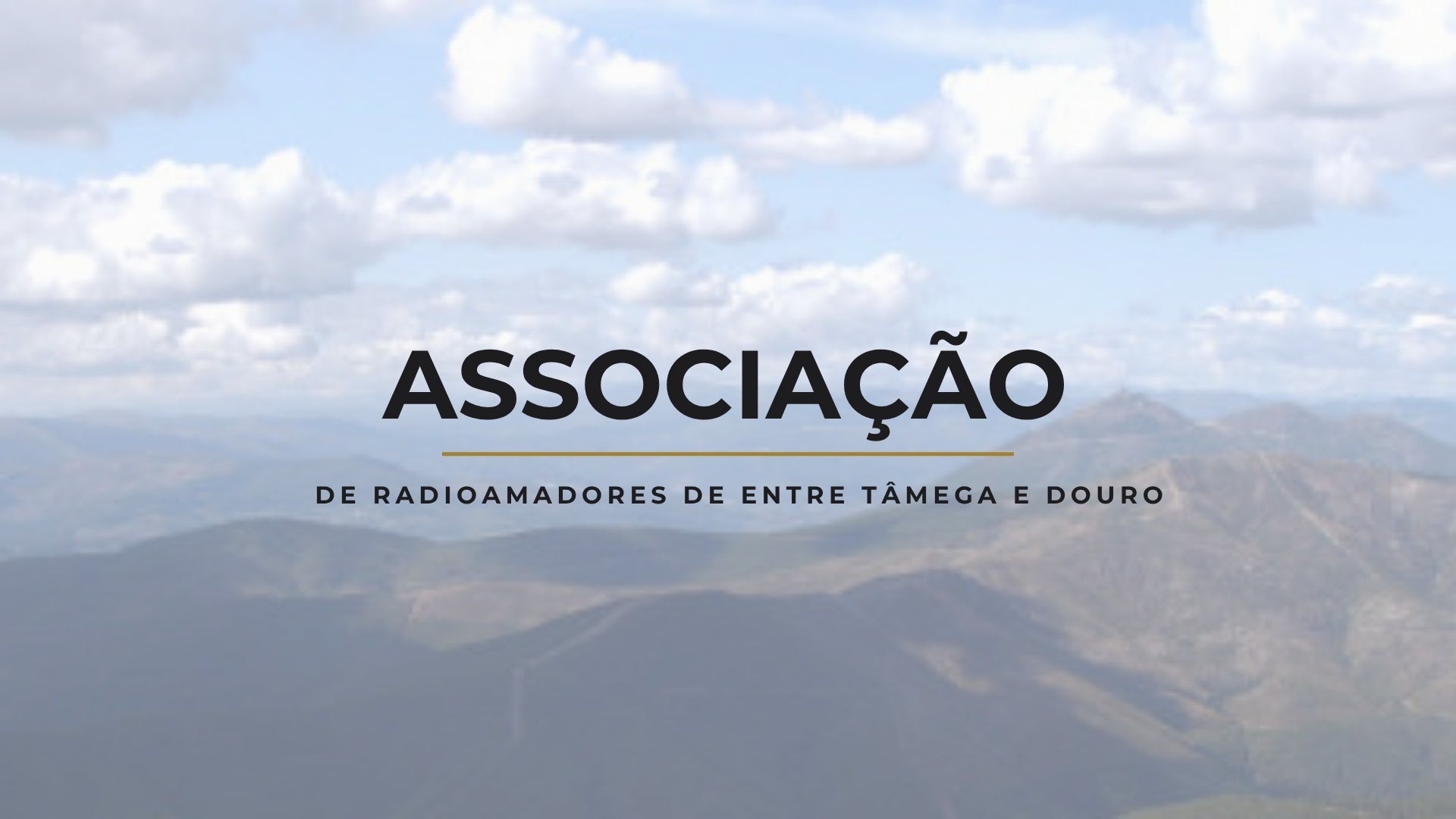

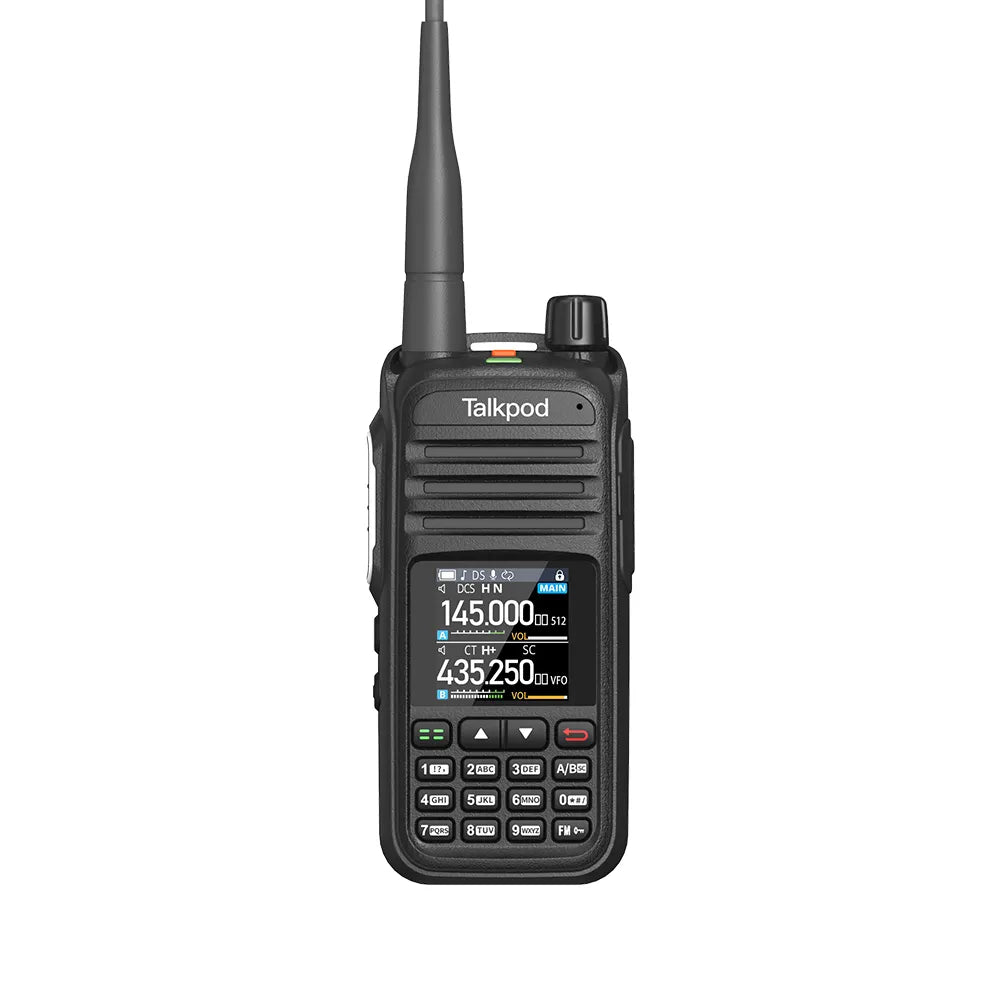
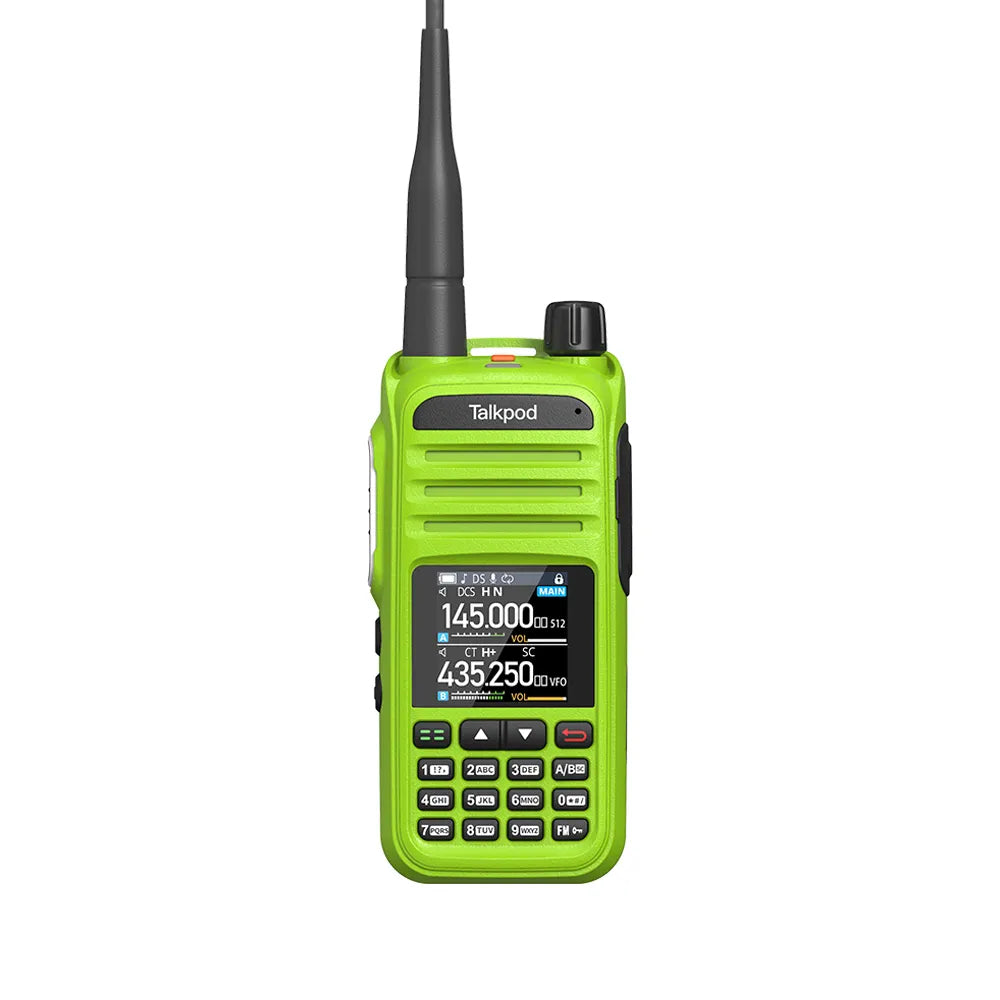


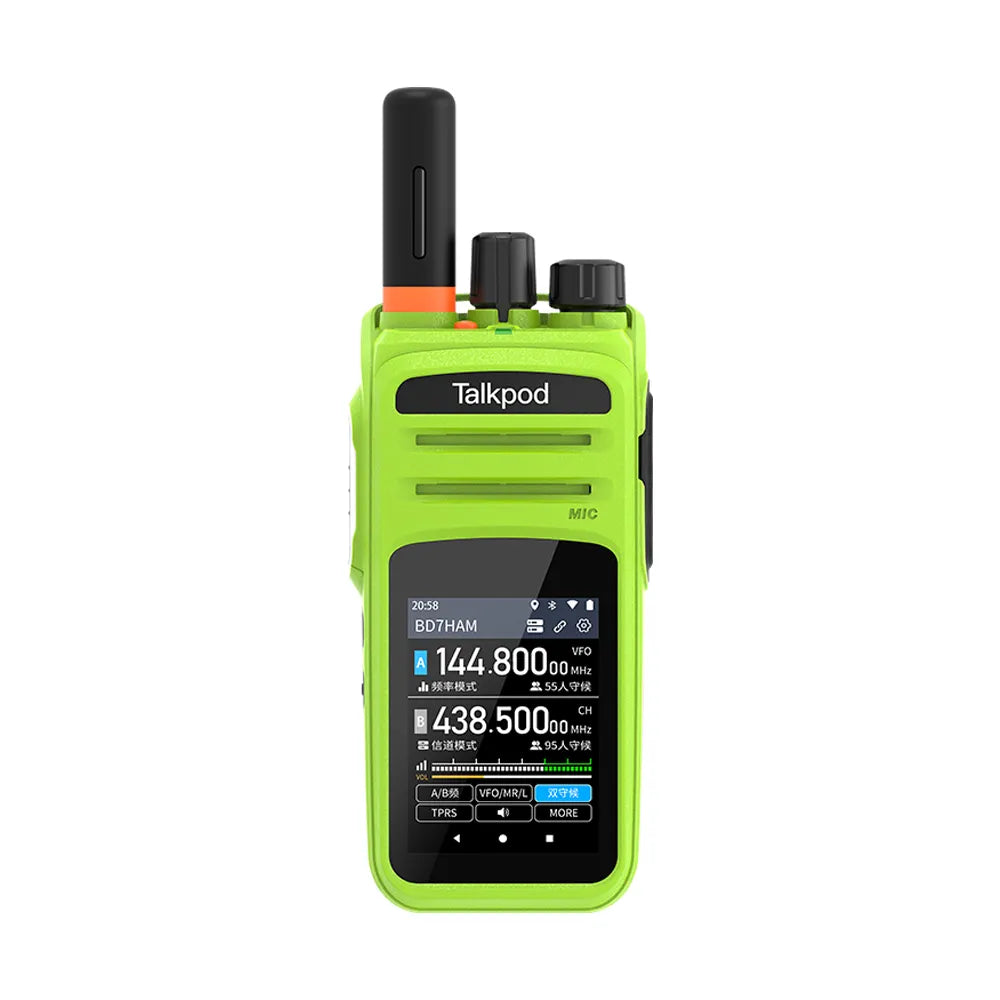

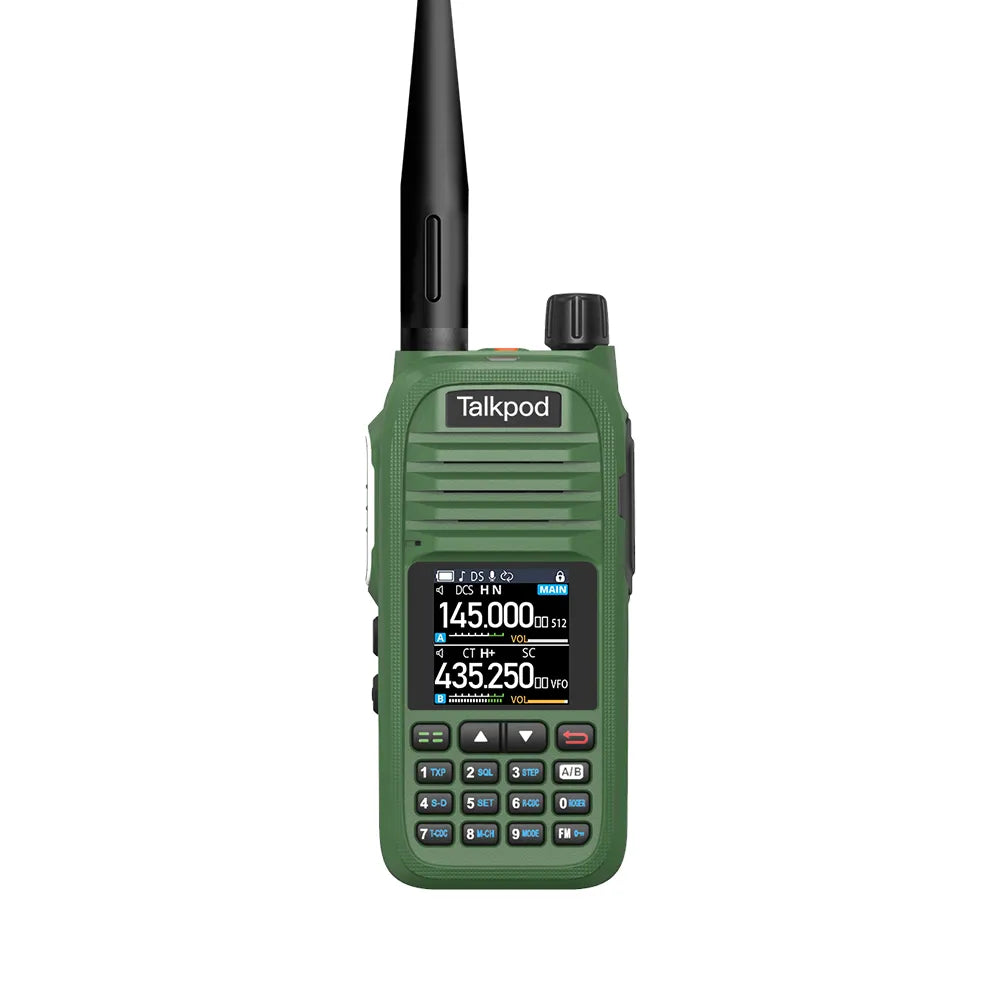
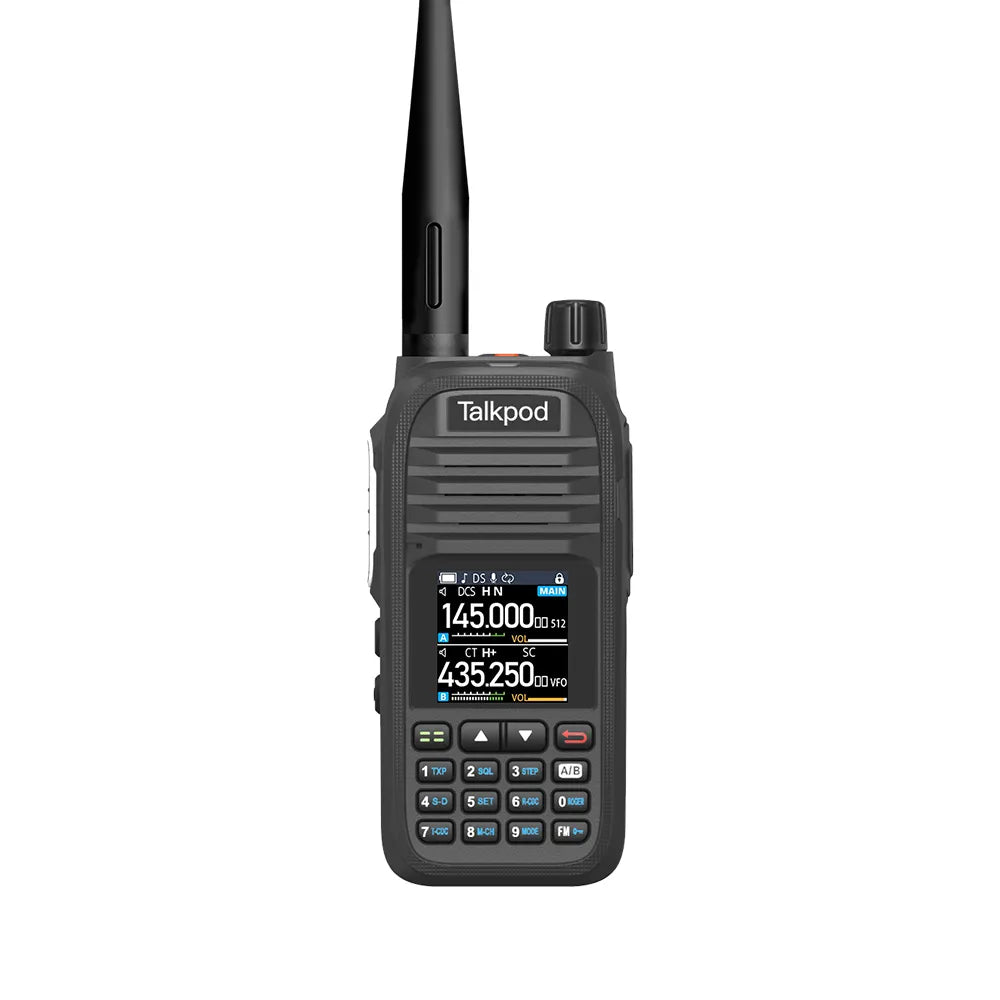
Leave a comment
All comments are moderated before being published.
This site is protected by hCaptcha and the hCaptcha Privacy Policy and Terms of Service apply.